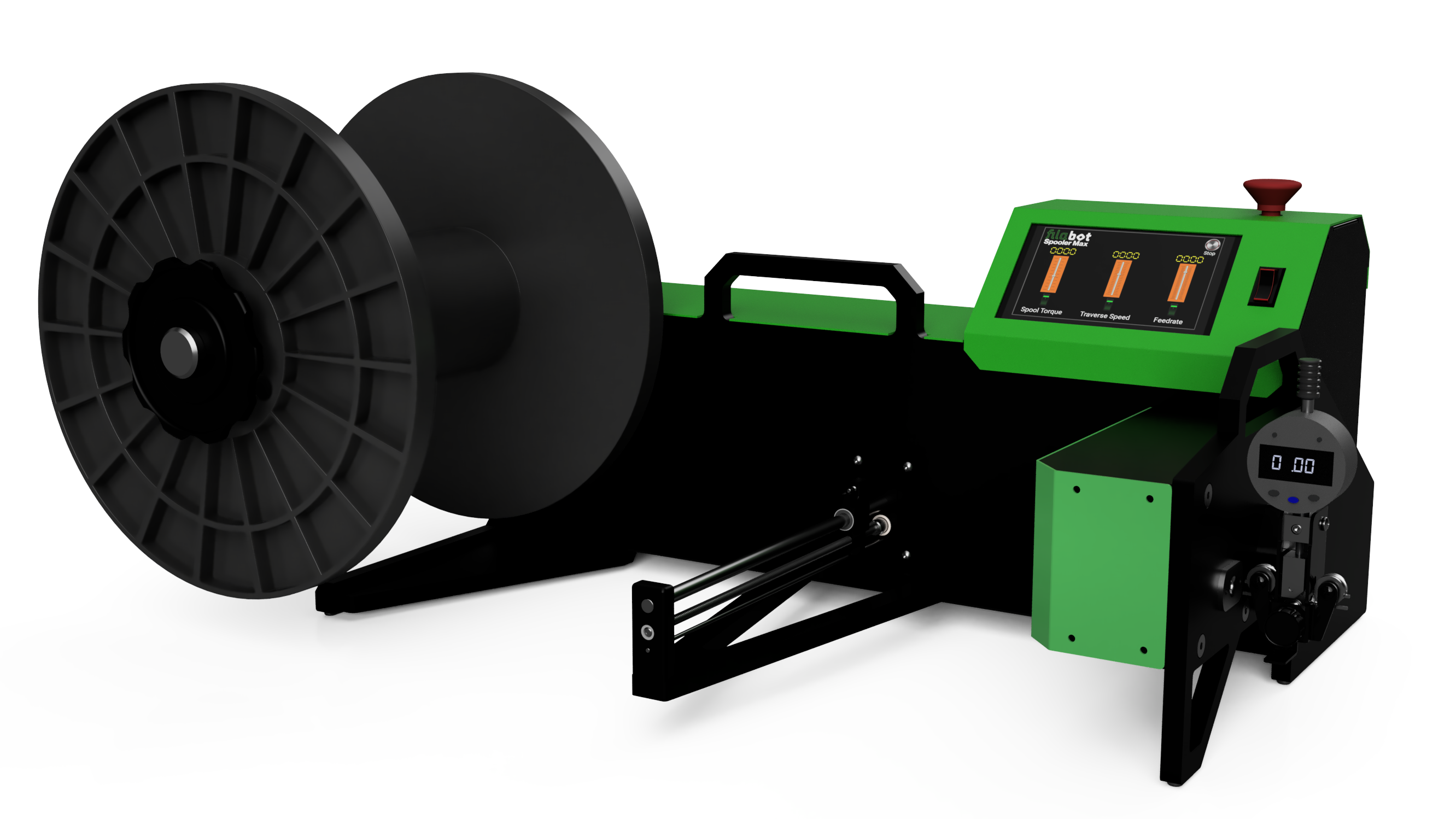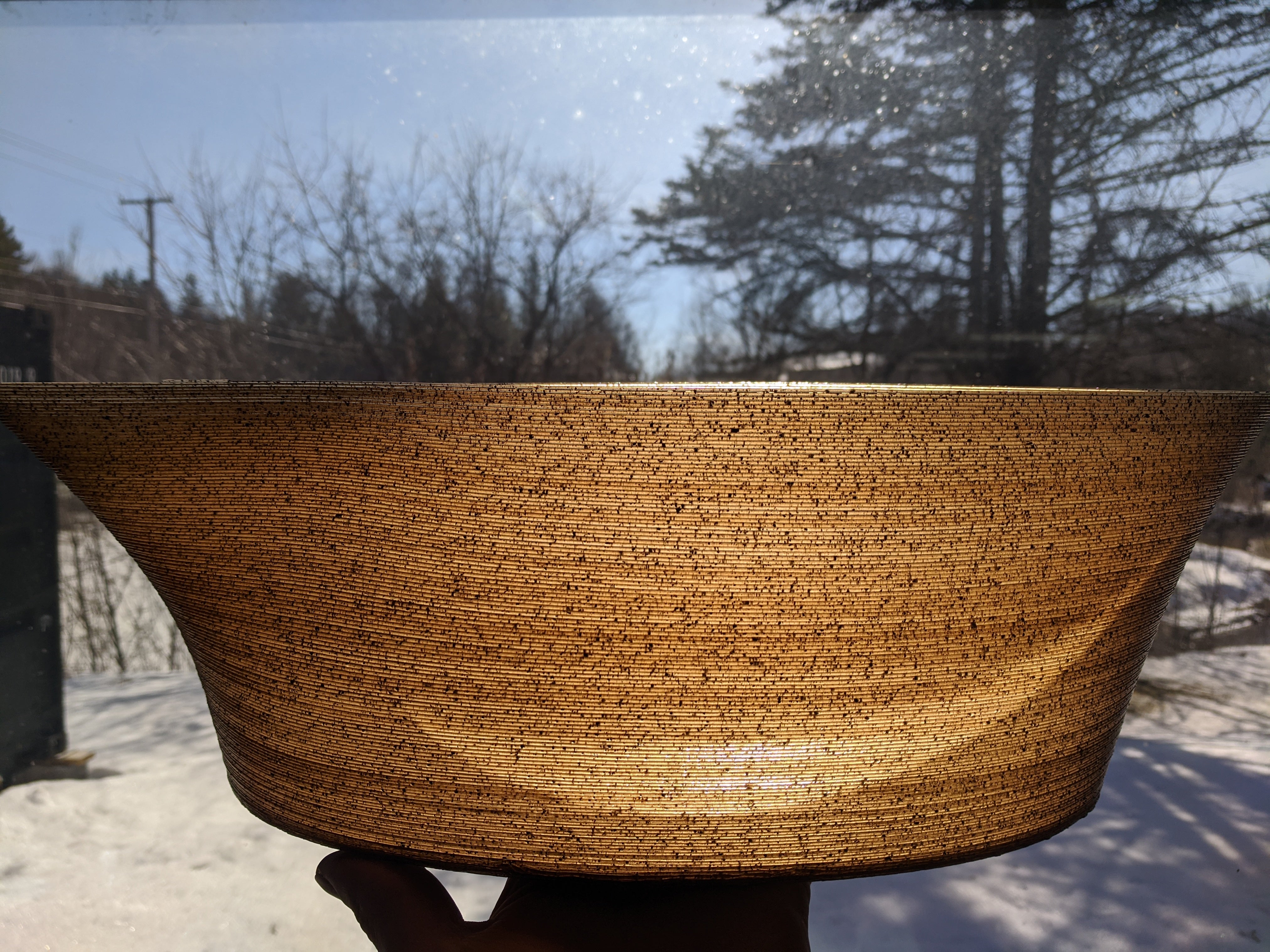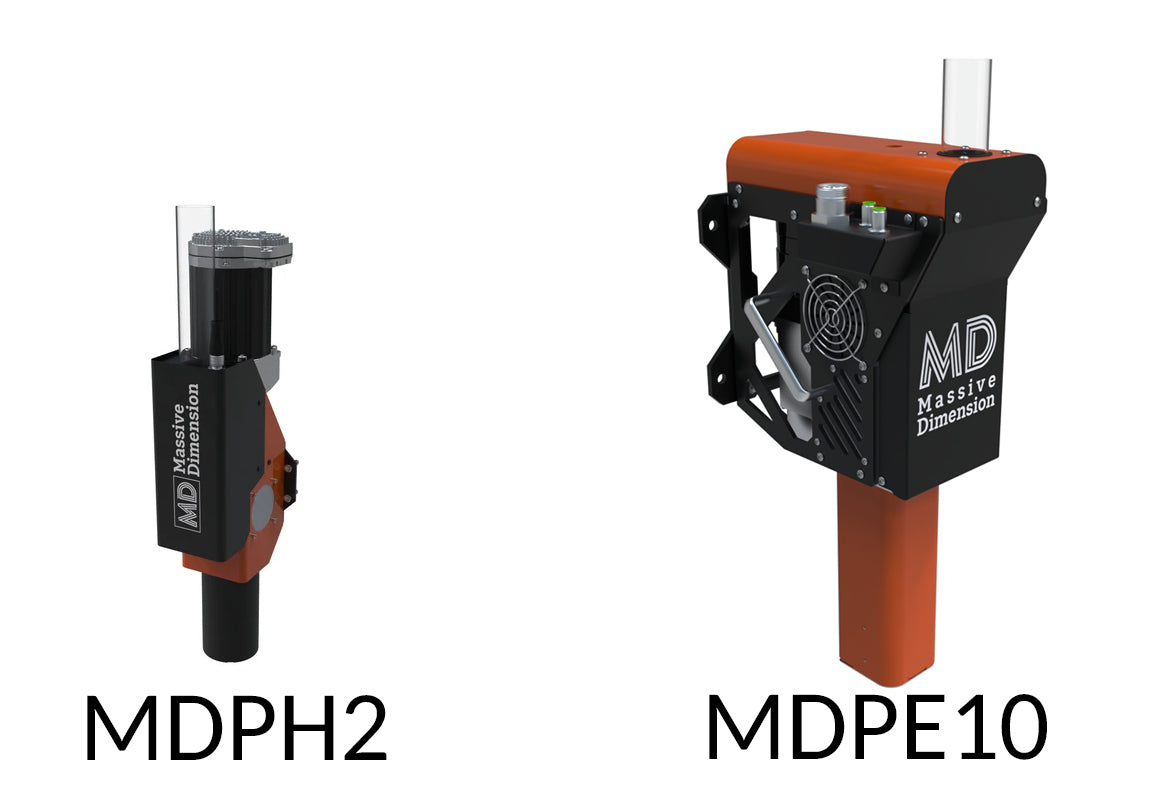On the grand arc of human technological advancement, 3D printing as a means of production has only just appeared upon the curve. Though these novel tools are cutting edge technology, one of the most common materials they utilize is nearly as old as the Industrial Revolution. That material is PLA - polylactic acid. A biodegradable polymer that can be made from renewable plant-based sources such as corn, PLA is used in various applications all over the world, but it was first synthesized in 1845 by Theophile-Jules Pelouze while exploring uses of beetroot sugar. It wasn’t until the 1920s that Wallace Carothers made PLA into a viable polymer while working for DuPont, who patented it in 1954, and it wasn’t until the end of the century that a way to make PLA from corn was discovered by Sally and Patrick Gruber.
Though PLA has become the most popular feedstock material for 3D printers, it is not without its drawbacks. Other plastics in widespread use such as ABS offer superior impact resistance and mechanical strength yet come with their own attendant set of problems, sometimes material, often ecological. There is a burgeoning field of research committed to exploring ways in which composite polymers can be created to address some of the shortcomings of these materials, as well as improve their viability on a globe that increasingly faces both dwindling supply and ballooning waste. An exciting example of this comes from a study done by researchers at the School of Mechanical and Materials Engineering at Washington State University in 2019 - a composite polymer created by extruding PLA with spent coffee grounds.
Do you love coffee? So does the rest of the world! As a globally popular beverage, there are millions of tons of coffee beans being consumed every year - and consequently, the world produces millions of tons of spent coffee grounds as well. Spent coffee grounds (SCGs) are considered a waste product though multiple uses for them have been found such as composting, soil enrichment, and mushroom cultivation as well as industrial filtering processes. Nevertheless, there remains a vast supply of SCGs that could be put to further use, and the researchers at WSU decided to combine them with PLA. They obtained oil-extracted SCGs from Singtex Industrial Co. in Taiwan and pulverized PLA powder from Filabot and premixed the two materials dry into several different concentrations by weight. They used mixtures of 0 (as a control) 5, 10, 15, and 20 percent SCG. The resultant mixture was extruded by an EX2 from Filabot at 162 C and spooled into ready-to-print filament at 1.75 mm diameter - matching common parameters for conventional PLA filament. Prints were made of rectangular blocks as well as circular rods to be subjected to mechanical testing.
The printing process revealed that the filament with the highest concentration of SCG actually exhibited qualities that facilitated more successful prints than the conventional PLA. This was due to the coffee particles lowering the viscosity of the material by acting as lubricating plasticizers between polymer chains. A less viscous polymer is easier to extrude and promotes adhesion between print layers, which can decrease the likelihood of failed prints. After proving the viability of the compound polymer through successful prints of the different concentrations of SCG the researchers put those same prints through rounds of measured testing of mechanical qualities.
The samples were measured and viewed through both optical and scanning electron microscopes. Thin layers were printed on microscope slides and when light shone through, the concentrations of coffee particles were observed suspended in the PLA matrix, consistently distributed. As the concentration increased, the filament became less permeable to light. The scanning electron microscope provided even more minute clues as to how the SCG so readily distributes throughout the PLA - seen at 438x magnification the coffee particles have a micro structure fairly spherical or polygon-like - how you might imagine a grain of sand. It easily spreads out into the polymer. One of the least desirable qualities of PLA is its brittleness - it will readily break before it bends. The reason for this can also be viewed through the SEM at the microscale - PLA has fractured surfaces that act as channels for stress to load much like fault lines in stone. When the SCG particles become embedded in the PLA they interrupt these fractured surfaces and encourage more ductile material behavior.
Two different tests were run on the printed samples to further quantify the increased ductility of the SCG-PLA composite polymer. The rectangular blocks were tested with a rheostat via torsional flexing and the 20 percent concentration sample was shown to have a 26 percent decrease in storage modulus - in layman’s terms it was less rigid than the conventional PLA. The circular rods were subjected to a Split Hopkinson Pressure Bar test in order to determine how much ductile deformation could occur before the prints would fail under stress. This test is akin to flexing a tree branch between your hands, albeit much more precise and specifically controlled. The test is able to measure not only how much force is required to snap a ductile material, but also how different dynamic loading scenarios can affect that ultimate breaking point. Again, to compare it to the tree branch between your hands- it will break if it is quickly snapped in half but is able to bend and remain whole if slowly subjected to the same amount of force over time. This amount of energy that can be absorbed by a volume of material before it fails is known as its toughness. The toughness of the samples was shown to increase alongside the concentration of SCG, with the 20 percent concentration testing at a 418.7 percent increase over the conventional PLA.
The research done in this study demonstrates successful integration of spent coffee grounds into PLA to form a compound polymer with superior characteristics than conventional PLA. Though modern consumer culture has been conditioned to observe so-called eco-friendly alternatives as inferior to their competitors, in this case the SCG-PLA has been shown to be both ecologically beneficial and materially superior- a useful and cost-effective avenue for any scale of production. Further research by the team that conducted this study is looking into decomposition rates for the compound polymer and commercial variations of this material are readily available if you want to run your own experiments - or the next time you brew yourself a cup of coffee, set aside the grounds and extrude your own!
Reference:Chang, Yu-Chung & Chen, Yao & Ning, Jialong & Hao, Cheng & Rock, Mitch & Amer, Maher & Feng, Shuo & Falahati, Mojtaba & Wang, Li-Ju & Chen, Roland & Zhang, Jinwen & Ding, Jow-Lian & Li, Lei. (2019). No Such Thing as Trash: A 3D-Printable Polymer Composite Composed of Oil-Extracted Spent Coffee Grounds and Polylactic Acid with Enhanced Impact Toughness. ACS Sustainable Chemistry & Engineering. 7. 10.1021/acssuschemeng.9b02527.
Photo Credit: M.Sutton @binary






7 comments
Filabot Team
Hey there Mijk! Definitely commercially available from a variety of sources, though we do not personally sell it. Try “coffee PLA filament” in the ol’ Google search bar, that should bring up a few options.
Hey there Mijk! Definitely commercially available from a variety of sources, though we do not personally sell it. Try “coffee PLA filament” in the ol’ Google search bar, that should bring up a few options.
Mijk
Commercially available? Got link(s) or statistically unlikely phrase to plug into a search engine?
Commercially available? Got link(s) or statistically unlikely phrase to plug into a search engine?
Filabot Team
Yu-Chung, thanks for the update on your research! We love the work you are doing and hope to learn more as it progresses- keep us in the loop!
Yu-Chung, thanks for the update on your research! We love the work you are doing and hope to learn more as it progresses- keep us in the loop!
Yu-Chung
The concentration beyond 20% Ox-SCGs certainly creat difficulty during the extrusion as well as during printing. We are working on using some surface treatment methods to the coffee grounds to make them more compatible with the PLA interface. Of course, we also want to push to higher concentration since the SCG is virtually limitless and free. But there is always a fine sweet spot/balance between polymer and additive.
Thanks,
Yu-Chung
The concentration beyond 20% Ox-SCGs certainly creat difficulty during the extrusion as well as during printing. We are working on using some surface treatment methods to the coffee grounds to make them more compatible with the PLA interface. Of course, we also want to push to higher concentration since the SCG is virtually limitless and free. But there is always a fine sweet spot/balance between polymer and additive.
Thanks,
Yu-Chung
Filabot Team
Thank you, Jurgen for the comment. Although we personally did not perform this test we hope to try something similar in our lab. It is our understanding that the results of this particular test were somewhat surprising to the researchers- they did not expect the %20 percent mixture to be the strongest polymer. Though of course, more is not always better, it would be worth investigating what follow-up research has been done since to see if higher concentrations continue to yield superior polymers. Our best guess is that higher concentrations would be increasingly difficult to extrude at consistent specification, resulting in a filament that would be less than ideal for printing with. Stay tuned for further exploration of this topic! Best, the Filabot Team.
Thank you, Jurgen for the comment. Although we personally did not perform this test we hope to try something similar in our lab. It is our understanding that the results of this particular test were somewhat surprising to the researchers- they did not expect the %20 percent mixture to be the strongest polymer. Though of course, more is not always better, it would be worth investigating what follow-up research has been done since to see if higher concentrations continue to yield superior polymers. Our best guess is that higher concentrations would be increasingly difficult to extrude at consistent specification, resulting in a filament that would be less than ideal for printing with. Stay tuned for further exploration of this topic! Best, the Filabot Team.
Gabrielle Massoud
Proof again, everything is better with coffee!
Proof again, everything is better with coffee!
Jürgen
Thanks for the research!
One question: you measured best performance on the “highest concentration of SCG”. That concludes to me not understanding, why did you stop testing at only 20%? In order to find the sweet spot, you should test way above it. Would be interesting if you could expand to hilarious amounts of coffe, till we find the breaking point.
yours,
Jürgen
Thanks for the research!
One question: you measured best performance on the “highest concentration of SCG”. That concludes to me not understanding, why did you stop testing at only 20%? In order to find the sweet spot, you should test way above it. Would be interesting if you could expand to hilarious amounts of coffe, till we find the breaking point.
yours,
Jürgen